This modular system is similar to the Dutch load carriage system we profiled during Enforce Tac 19.
The company recently received order for prison tactical teams in the US, and from other clients worldwide
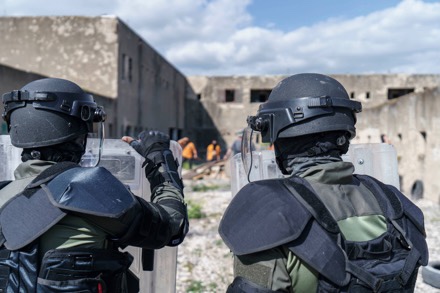
Eurosatory, Paris, June 13-17, Hall 6 Stand F701
2 June, 2022, Ramat Hasharon, Israel. IWI – Israel Weapon Industries – a member of the SK Group (founded by Mr. Samy Katsav), and a global leader in the production of combat-proven small arms for military forces, police units, law enforcement agencies, and governmental entities around the world –highlights the patented GAL Versatile Protective Suit (VPS) at Eurosatory, with improved design reducing trauma sustained by forces in the maintenance of public order, by up to 90%.
Adaptable to all scenarios, the lightweight, wearable protection system provides protection from trauma injuries. The latest generation of the suit has undergone several modifications, enabling it to withstand even more significant trauma, while maintaining its position as the most lightweight protective suit available in the market.
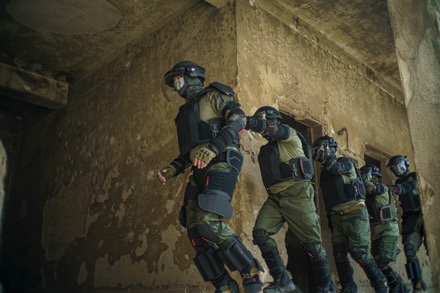
The GAL VPS absorbs massive kinetic trauma, reducing and diverting the force of a blow to the body. Flexible and easy to wear, this comprehensive, three-level operational solution includes a vest and arm and leg protectors, all anti-trauma. Weighing just 5.0 kg at W3 and 5.9kg at W5, its unique design is suitable for users from small to large size. The system is also covered with an anti-abrasion material as standard, or with flame retardant material according to the customer’s needs.
Together with the ultralight bullet-proof and anti-stab vest and ultralight ballistic helmet, the GAL VPS is the most up-to-date, versatile protective suit available today. Moreover, following a stringent testing process and crash tests, the system has achieved German standard VPAM KDIW 2004 Cubic/ Wurfel.
“By changing the geometry of the GAL VPS, we have increased the level of protection it offers, decreasing the intensity of impact by 90%” says Ronen Hamudot, Executive VP of Marketing and Sales at SK Group. “We recently collaborated with the special operations team of West Virginia DCR during their training, and we are happy to announce a purchase order by the prison tactical teams in the US. Further orders were received recently from other organizations around the world, following the system’s excellent performance.”
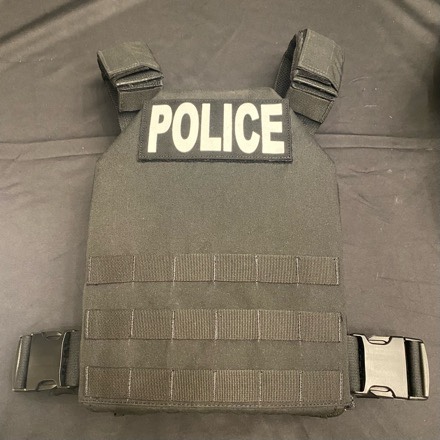
TYR Tactical has developed a basic plate carrier kit which includes this carrier and their HA/30102 Plate. The plate weighs 1.5 kg / 3.31 lbs and is NIJ 0101.06 Level III stand alone certified.
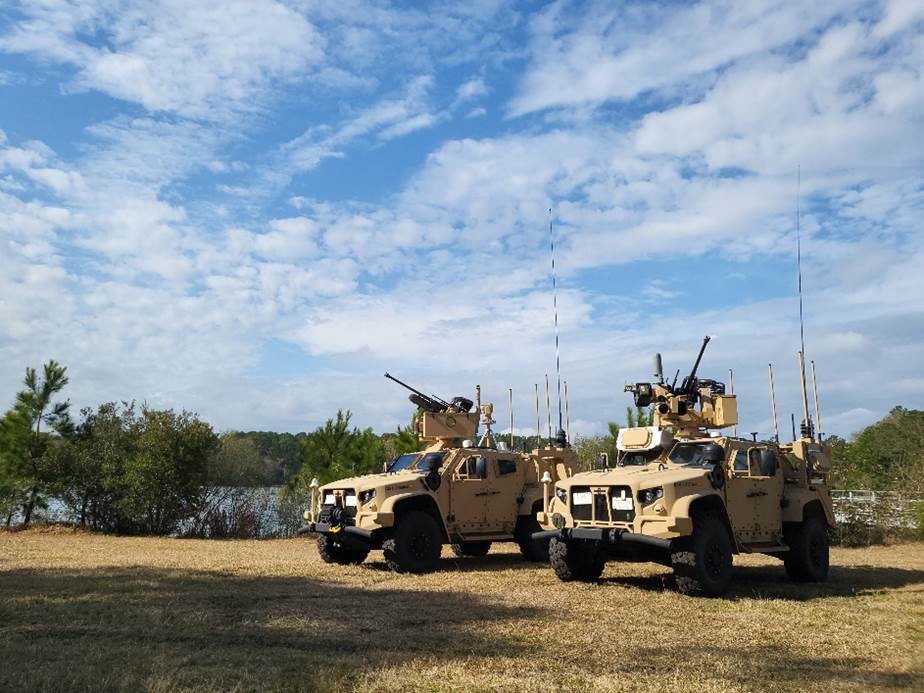
JOHNSTOWN, Penn. – May 23, 2021 – Production of the Marine Air Defense Integrated System (MADIS) Remote Weapon Station (RWS) has successfully moved from Kongsberg, Norway to Kongsberg Protech Systems USA in Johnstown, Penn. with the inaugural system completing assembly and testing in March. Additional systems are also being built for MADIS as part of the U.S. Marine Corps’ Ground Based Air Defense (GBAD) modernization effort.
“Kongsberg’s Johnstown facility consistently yields remote weapon station manufacturing excellence, having produced more than 20,000 systems over the last 15 years. Our highly trained and skilled staff partnered with engineers and staff from Norway to successfully transition the production of all MADIS RWS to the Pennsylvania facility as part of our schedule and contract with the U.S. Marine Corps,” said Jason Toepfer, project manager, MADIS RWS, Kongsberg Protech Systems. “The successful build of this inaugural system exemplifies our rigorous processes, joining the 5 prototype and test assets we’ve produced for the Marine Corps in Norway. This also kicks off MADIS RWS production here in the U.S., a move that allows us to better support this customer and deliver this critical lethality enhancement.”
The KONGSBERG RS6 RWS for MADIS RWS includes the XM914E1 30mmx113mm percussion-primed cannon with a co-axial M240C (7.62mm) machine gun, an integration kit for the STINGER Air-To-Air Launcher (ATAL) and provisions for future C-UAS defeat systems. MADIS is part of the U.S. Marine Corps’ plan to upgrade their two active Low Altitude Air Defense (LAAD) battalions. The first 30mm remote weapon system to be qualified on the Joint Light Tactical Vehicle platform (JLTV), MADIS RWS mounts on JLTVs and fights as a complimentary pair, designated as Mk1 and Mk2. The MADIS Mk1 features STINGER missiles, and neutralizes fixed and rotary-wing aircraft. Mk2 fulfills the Counter-Unmanned Aircraft System (C-UAS) mission requirement, while also providing radar and command-and-control for the pair.
The U.S. Marine Corps awarded Kongsberg the indefinite delivery / indefinite quantity other transaction authority (OTA) production contract in Sept. 2021. It has a ceiling of $94 million and includes a series of Low-Rate Initial Production (LRIP) systems, full-rate production units, spares and training. This production contract award followed a Sept. 2020 OTA contract award from the USMC to KONGSBERG for test articles and activities, which included Design Verification Testing (DVT), after a competitive process.
The KONGSBERG RS6 RWS for MADIS leverages technology and competence drawn from multiple counter-unmanned aircraft systems (C-UAS) and air defense programs. The system leverages commonality with the family of PROTECTOR RWS delivered and fielded with the U.S. Army and Marine Corps.
Life-Saving Flotation System For American Warfighters.

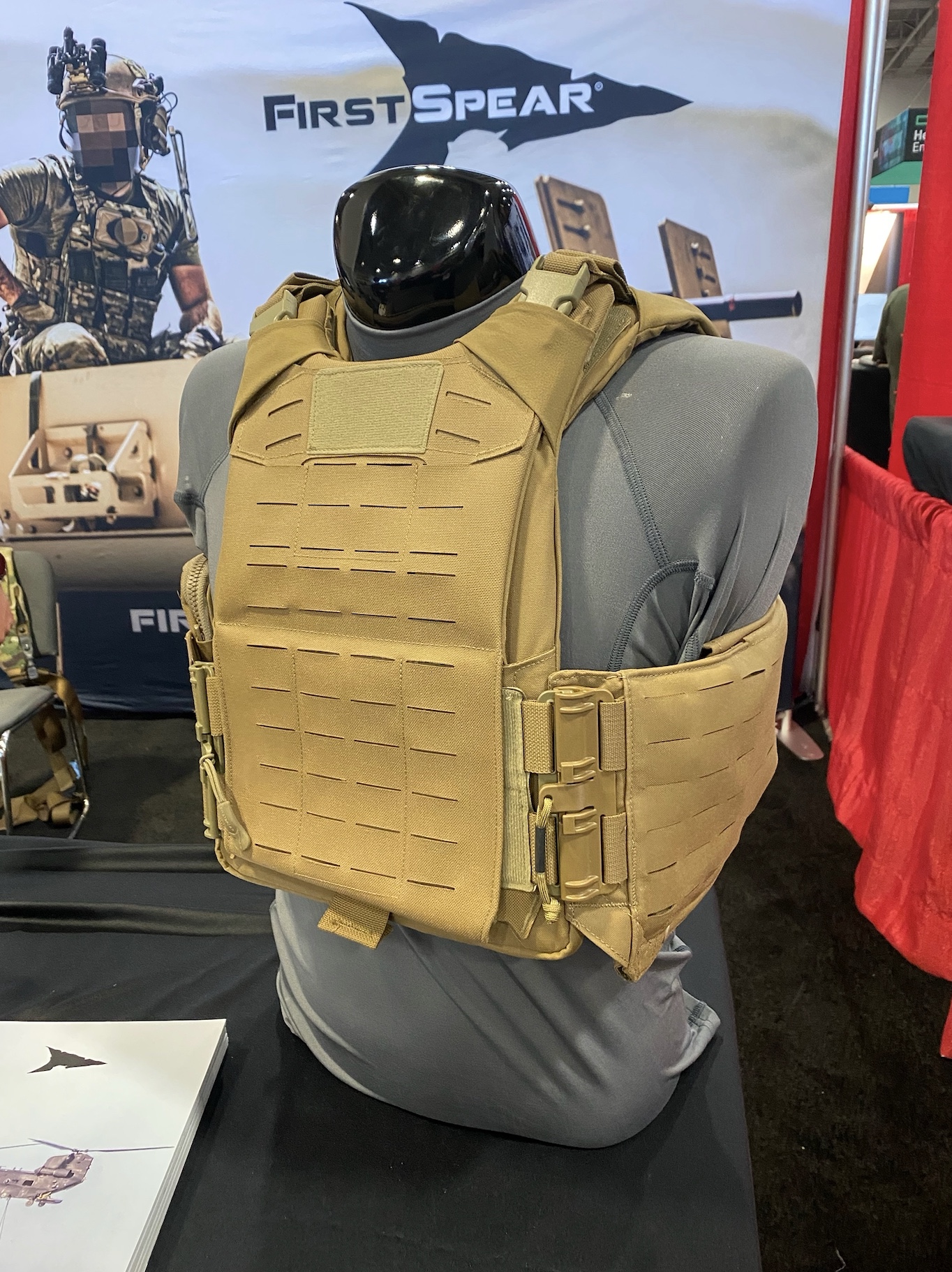
Recently showcased at Modern Day Marine May 10-12, 2022 (Pictured above is the current USMC PC GEN III with existing issued cummerbund on the right side, as worn, and the FirstSpear USMC GEN III Flotation Cummerbund on the left.
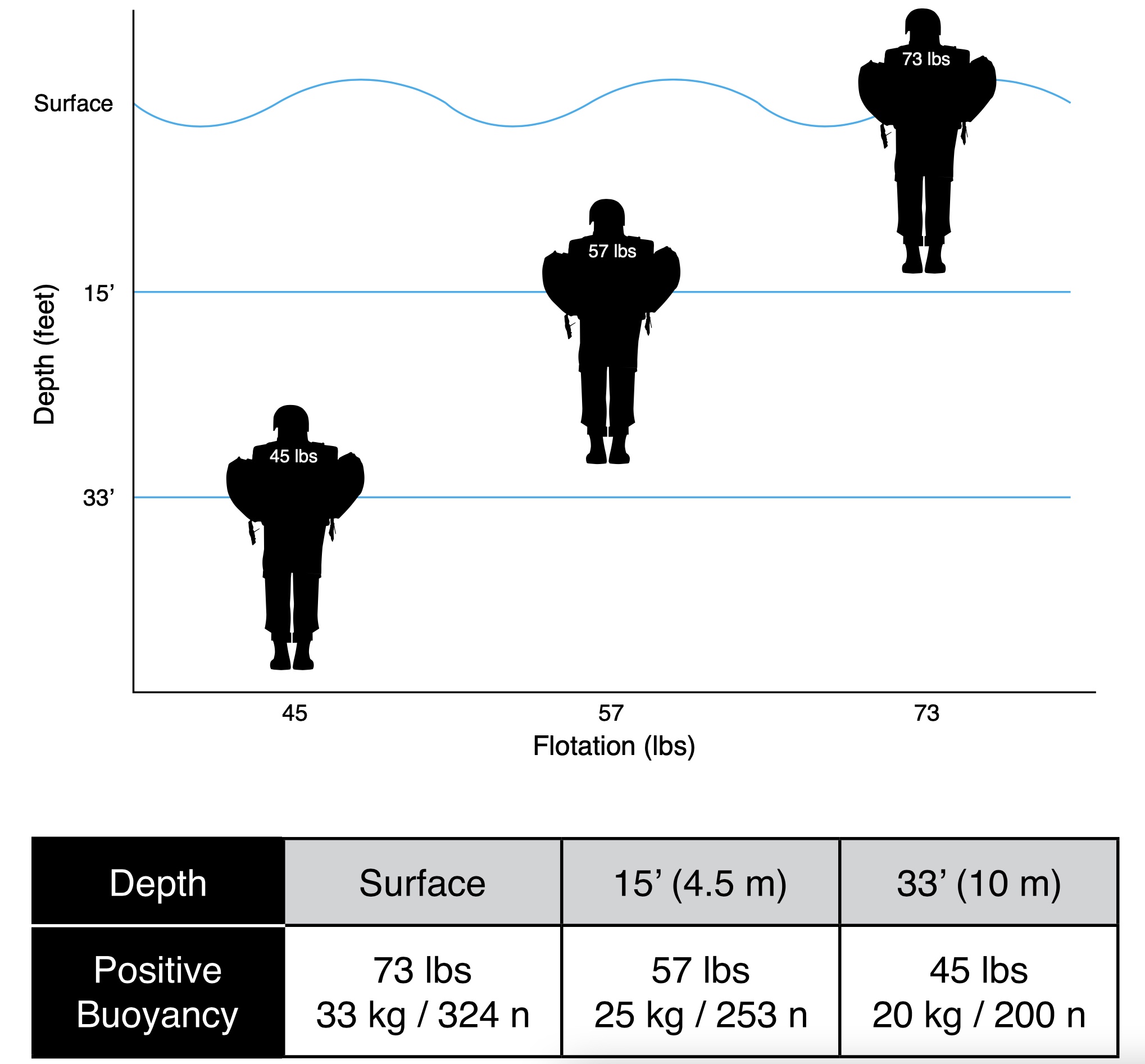
The USMC GEN III Flotation Cummerbund is FirstSpear’s answer to the United States Marine Corps need for life-saving kit during maritime operations.
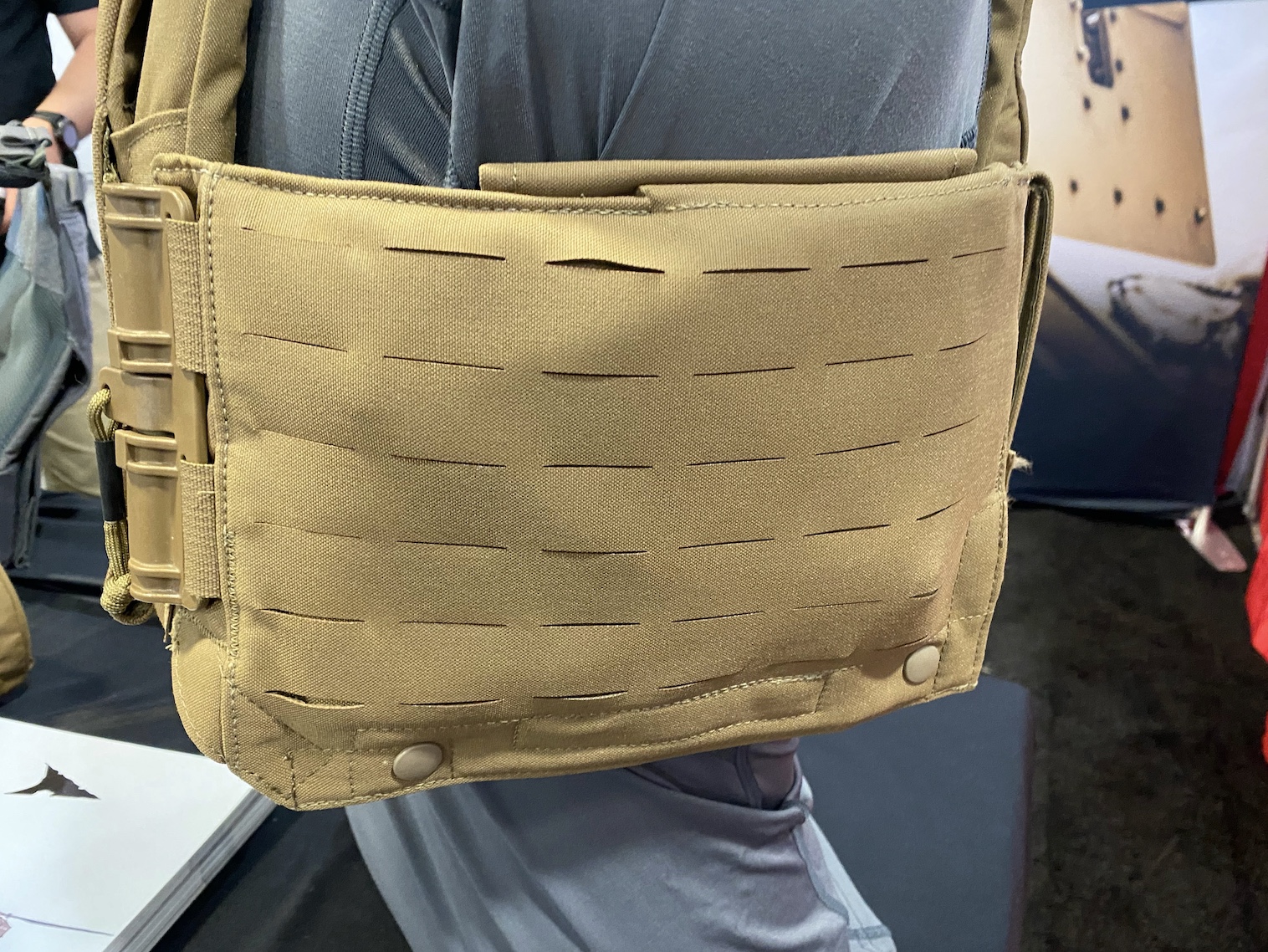
This cummerbund features a 6/12™ Laser Fused Platform for weight reduction and Tubes® Fasteners, which are already being used on the current USMC PC GEN III. Tubes® Fasteners allow for easy everyday donning and doffing as well as emergencies.
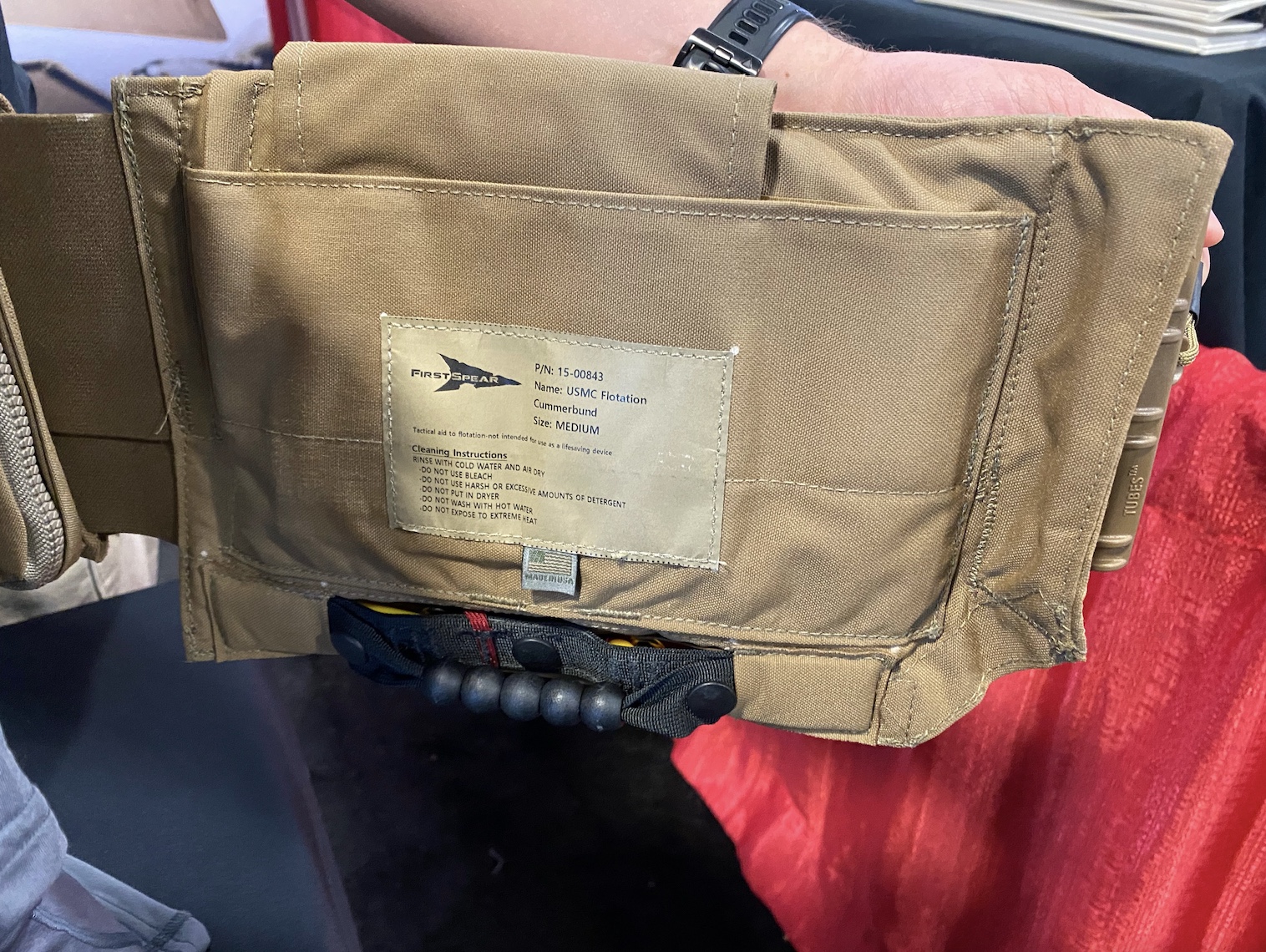
Featuring a top access panel, the cummerbund allows users easy access to the 38 gram CO2 cartridge for pre-mission checks and inspection. The CTAF (Cummerbund Tactical Aid to Flotation) is designed to be user friendly with repacking and maintenance at the unit level.
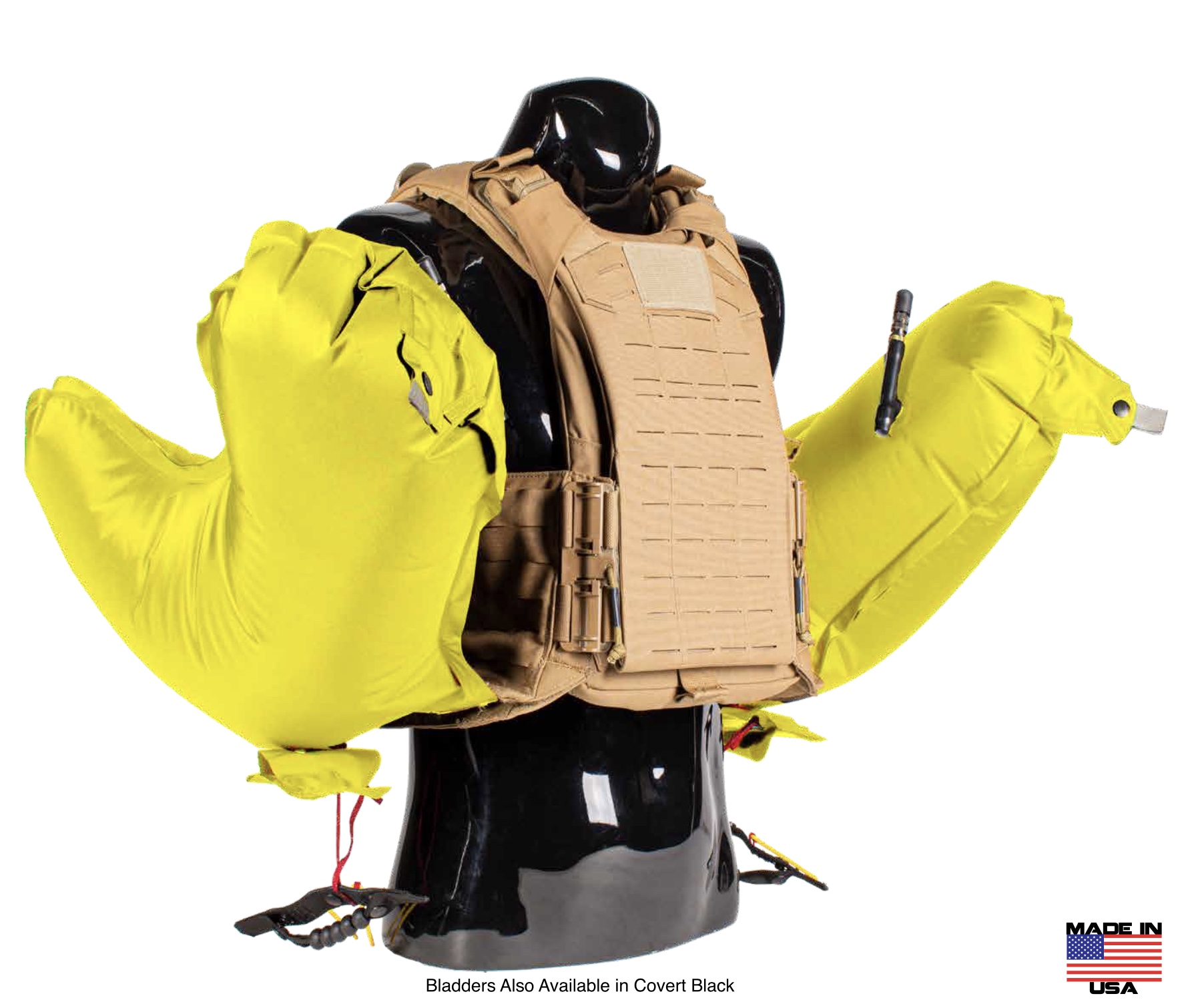
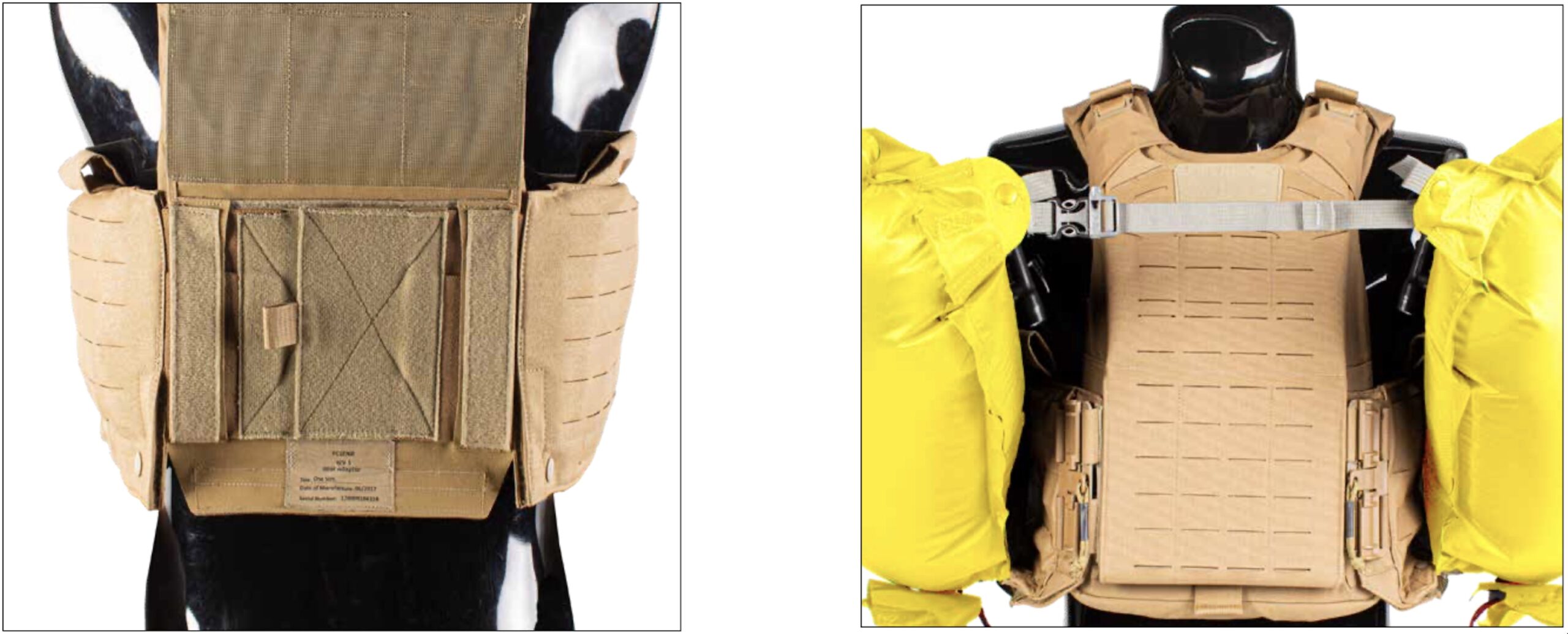
Authorized for Naval Use (ANU), this CTAF (Cummerbund Tactical Aid to Flotation) is on contract with DOD. Compatible with all sizes of the USMC GEN III plate carrier, the cummerbund fits 6” x 8” and 6” x 6” sides plates and requires no modifications to the current USMC PC GEN III.
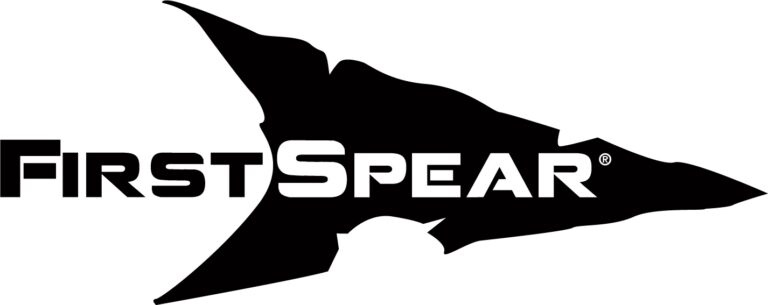
Check out FirstSpear for more cutting-edge innovation.
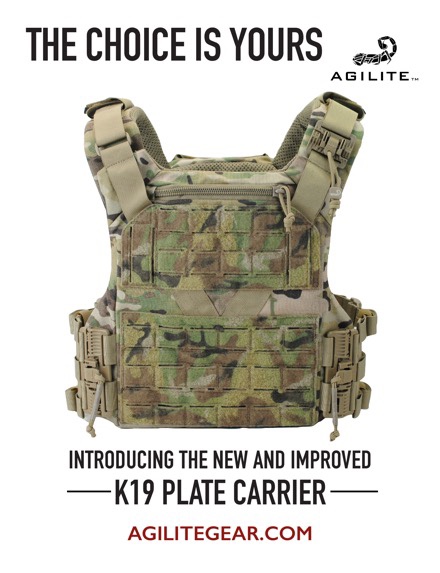
Agilite’s K19 is one of the best sold plate carriers in the USA and the 3.0 version just dropped with a series of small but significant upgrades.
“There’s no such thing as a stagnant product, if necessary, we evolve and upgrade them to move with the times. These upgrades came directly from our end users and client T&E program,” said Agilite Israel CEO Elie Isaacson.
See the upgrades explained in the video below:
PEORIA, Ariz. – On Monday, April 25, Jason Beck, Founder and CEO of TYR Tactical and the Danish Ministry of Defense (DALO) signed a historic contract worth $200,000,000.00 ($200M). The contract will provide each soldier in the Danish military the most state-of-the-art body armor system in existence.
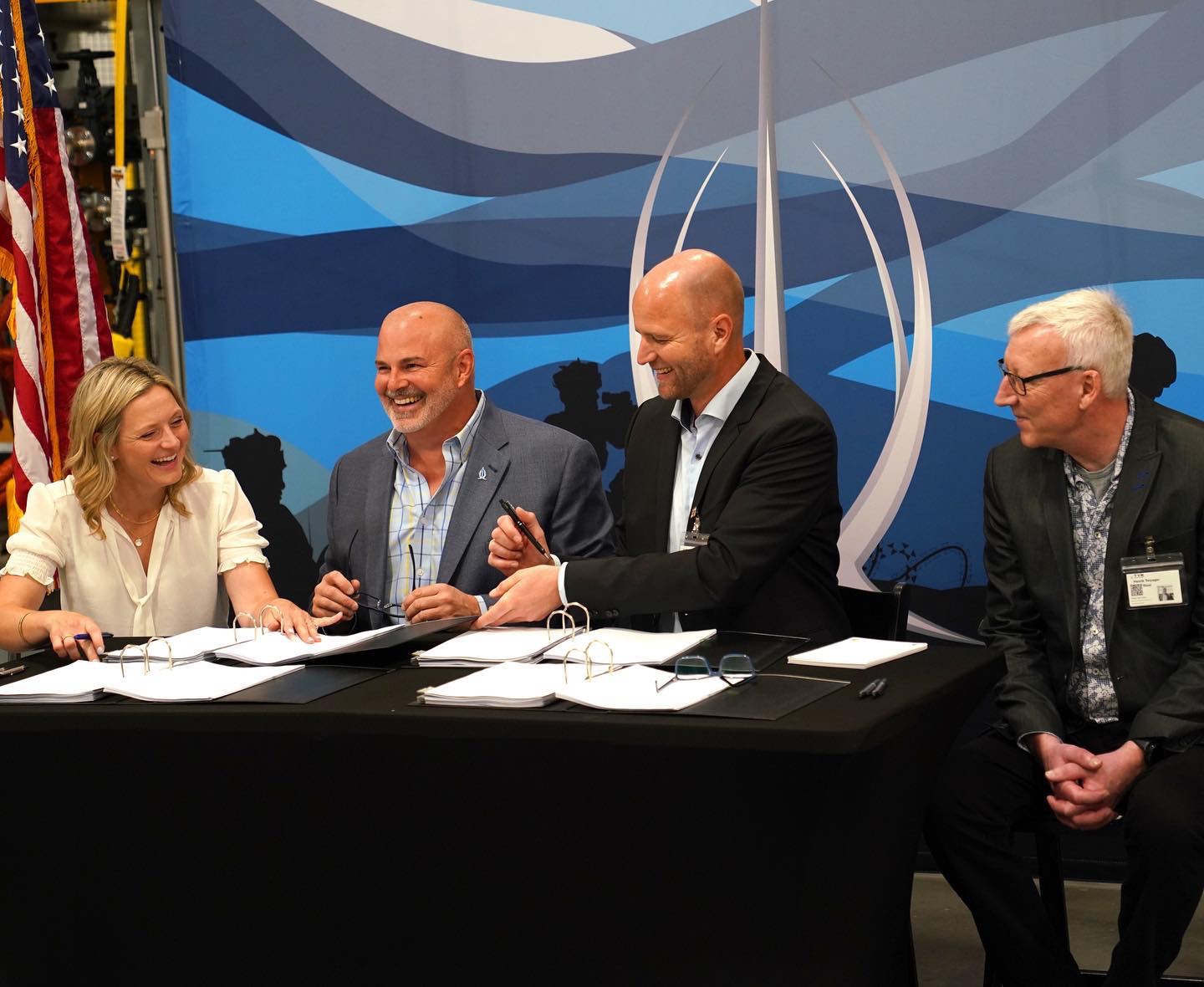
This agreement will have an impact of more than 100 advanced manufacturing jobs for TYR Tactical, which is headquartered in the City of Peoria. This allows for higher economic growth and greater employment opportunities in the west valley spanning the next decade.
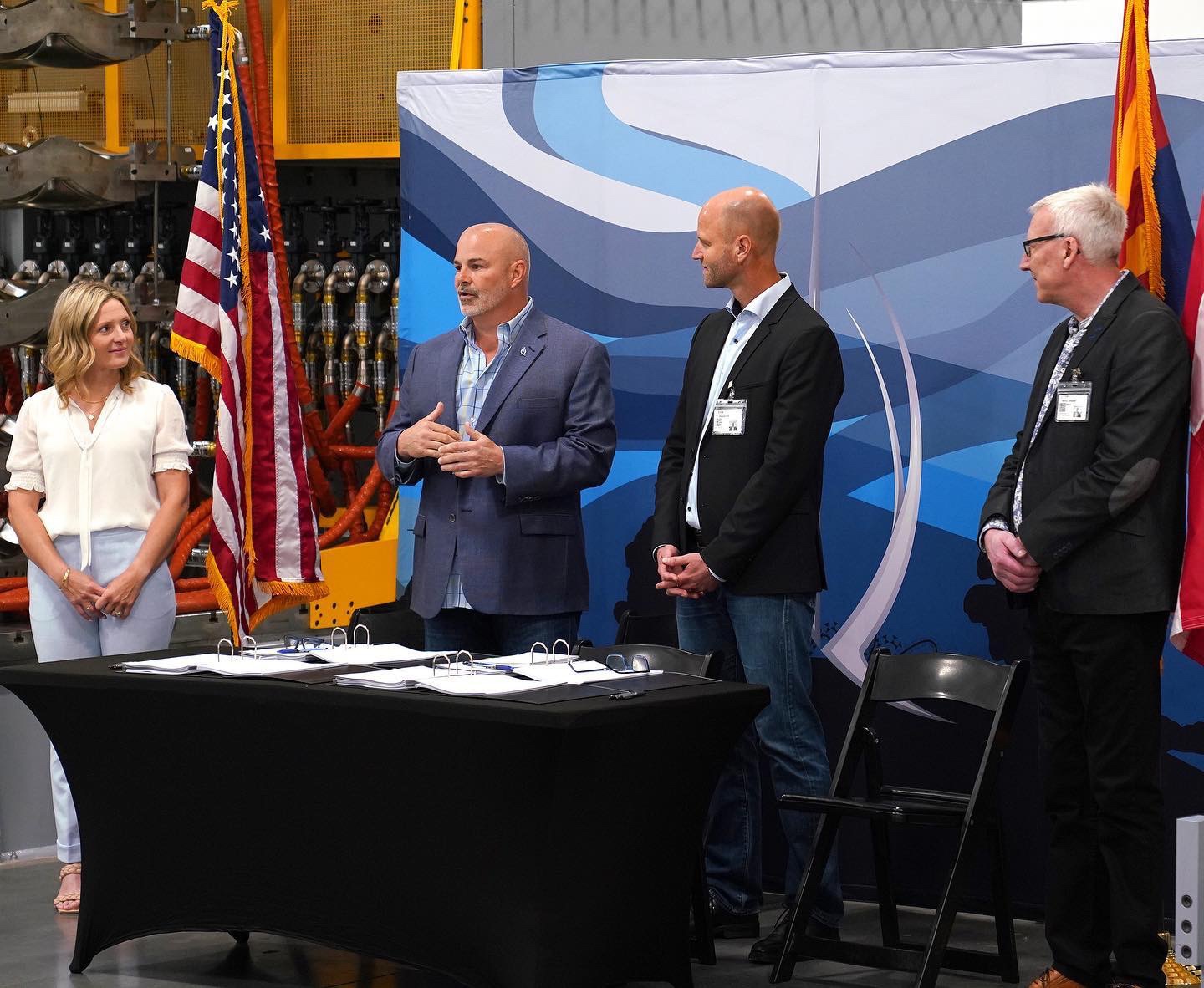
“We have spent decades building strong relationships locally, nationally, and ones that span the globe. We have had the honor to serve the Danish Military for over 10 years with our life saving products and been extremely proud of how we have designed and manufactured the best in the world. Our Danish friends have been incredible partners in innovation, working with us to protect those who protect us. Their commitment to providing the world’s best protection for their military personnel is incredible. With this historic signing, we are thrilled to continue our long-term partnership with the Danish military, and our friendship with the Danish people. Today is a day of celebration that we share with our friends from Denmark, the entire TYR family, and our incredible employees whose commitment to 100% quality control results in saving lives,” said Jason Beck, CEO.
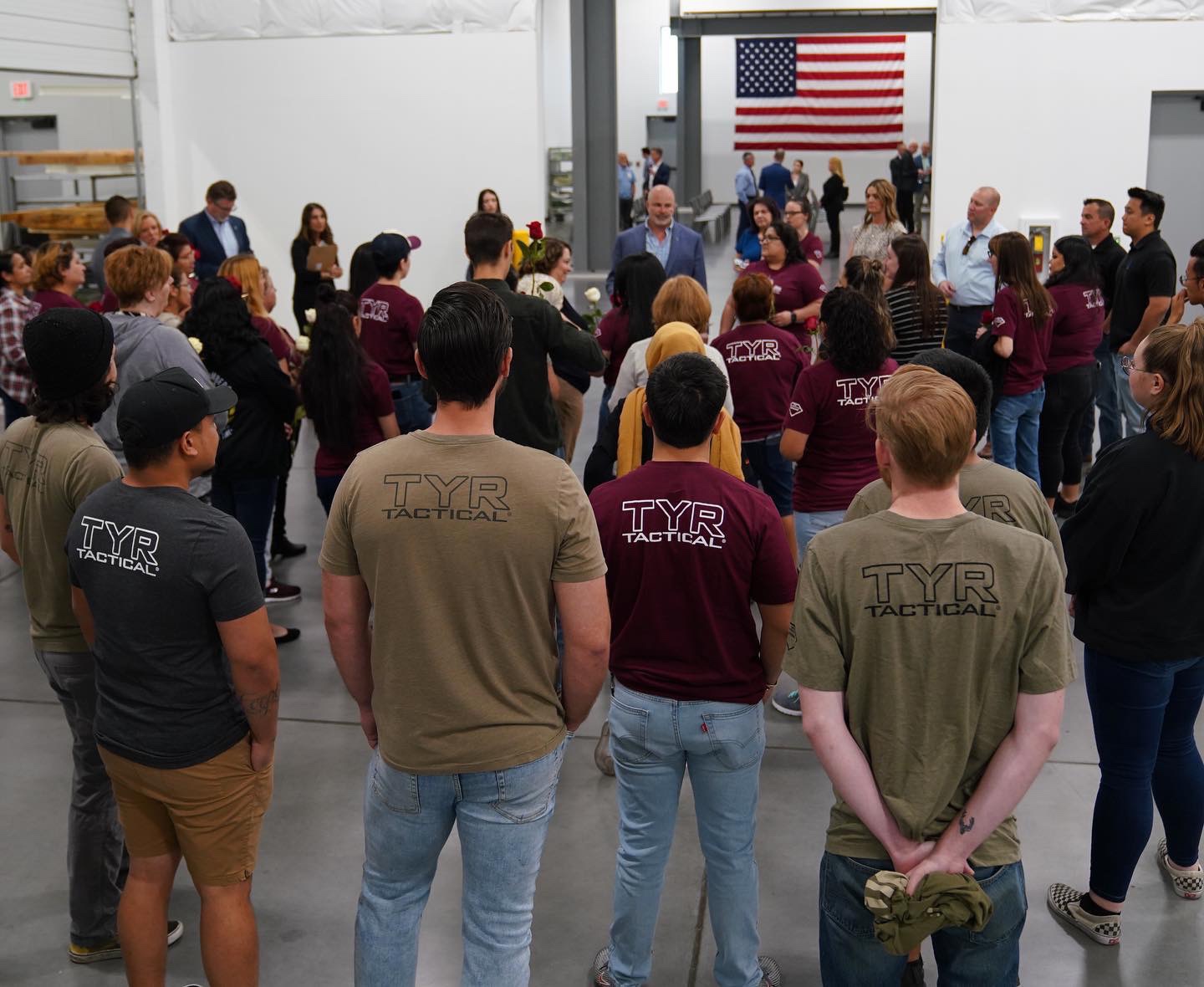
One hundred percent of the tactical gear that Denmark will receive will be manufactured in Peoria, Arizona.